I’ve been thinking a lot this summer about perspective. Or more specifically, about how difficult it is to maintain perspective.
Because…what a time to be alive.
We live in amazing times. By many metrics, humanity has never had it better. The same is true in my own life; a lot of things are going downright great.
But also…
We live in alarming, maddening, and frequently gut-wrenching times. I could link to a few hundred truly terrible headlines here, but you’ve surely seen them too. A lot of things are very bad.
Somewhere amidst all of that is me, bobbing on the sea of life. Just one person out of approximately 8,241,325,000 people, trying to stay afloat while being buffeted about by the happy and the horrifying, the gorgeous and the grotesque, the magnificent and the menacing.
Aside from the world at large, my personal life currently has some significant heartaches, vexing worries, and ongoing struggles. I’d bet yours does too; it comes with being alive.
One of the greatest challenges most of us face is to maintain our mental health in the midst of the really good and the really bad. Because everything these days is a lot.1
Difficult Questions
This summer, I’ve been fortunate to travel internationally numerous times to see family and friends. I fulfilled a longtime dream of seeing Bruce Springsteen in concert. I lazily floated for hours in a picture-perfect pool. I took long walks on gorgeous beaches as millions of grains of sand slowly polished the rough places on my feet. It’s been lovely and relaxing.
But it’s not been all fun and games. I also toured Auschwitz, the largest and most infamous of Nazi Germany’s concentration camps and extermination centers.2 That experience brought top of mind for me a lot of questions and feelings of guilt that had been brewing somewhere beneath the surface.
How can I be happy while so many things for so very many people are unfathomably horrible? How does one reconcile a world in which I enjoy a gelato and a day at the beach, while so many others are being starved in Gaza, caged and deprived of due process in American detention camps, bombed in Ukraine, or raped and butchered in Sudan?
To even ask such questions feels not just crass but utterly absurd.
And yet. How DO we keep sight of the truth and beauty and goodness in the world without donning blinders and shielding ourselves from our responsibility to try to make our world a better place? How DO we stay connected to our communities and our countries, yet not be subsumed by the torrents of anxiety, despair, grief, and rage that are rampaging around us?
The answer to these questions—the woefully insufficient answer–is that I don’t know.
Balancing Act
It is a lot to wrestle with, especially being a highly sensitive person. As an HSP, I easily and often get bogged down by an overwhelming number of thoughts and questions, which I then struggle to turn into anything useful.
But two things that usually provide me some help with the balancing act of daily life are spending time in nature, or spending time around things that are really old. Sometimes both at the same time.
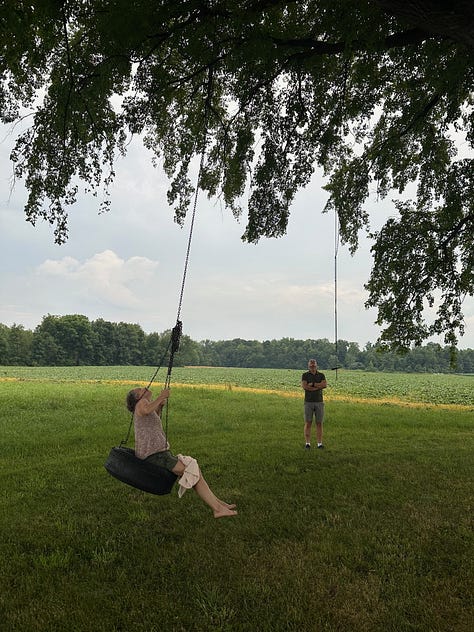
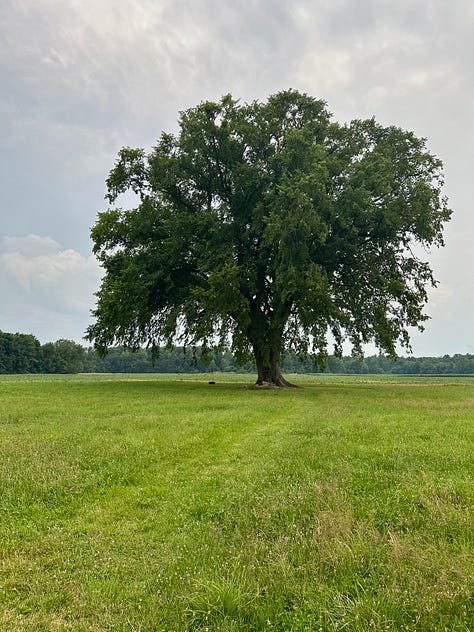
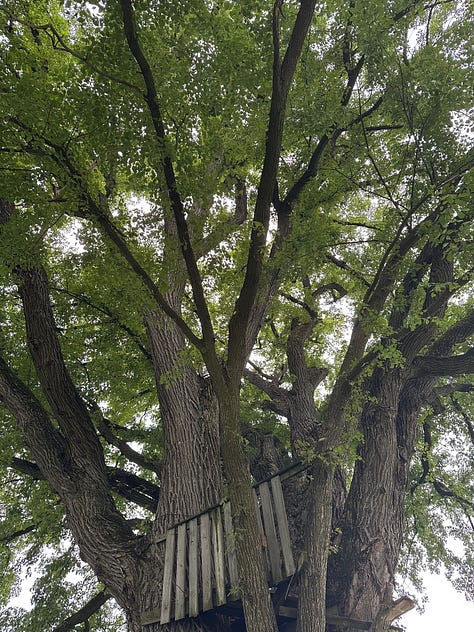
Last month, I visited my Aunt Jan & Uncle Dan’s farm in Kalamazoo, Michigan. I stood under their towering American Elm tree, gazing up at what is believed to be one of the five largest and oldest elms in the United States, reaching 110 feet (33 meters) tall, with a circumference of 22 feet (7 meters) around. This tree first poked through the dirt approximately 330 years ago, some 80 years before the United States was even a country, 225 years before my grandmother was born in the Netherlands, and more than a quarter of a millennium before her daughter (my mother) was born in West Michigan.
Since returning to Italy a few weeks back, my husband and I hiked up to the ruins of Il Forte di Fuentes, a strategic military fort completed by the Spanish in 1609. A hundred years later, it was under Austrian control. Eighty years after that, it was partially destroyed by Napoleon and the French. More than 100 years after that, bunkers were built so the fort could house cannons during World War I.
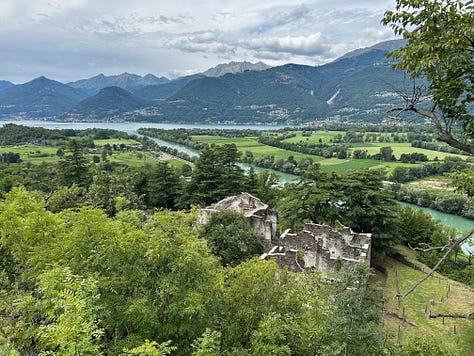
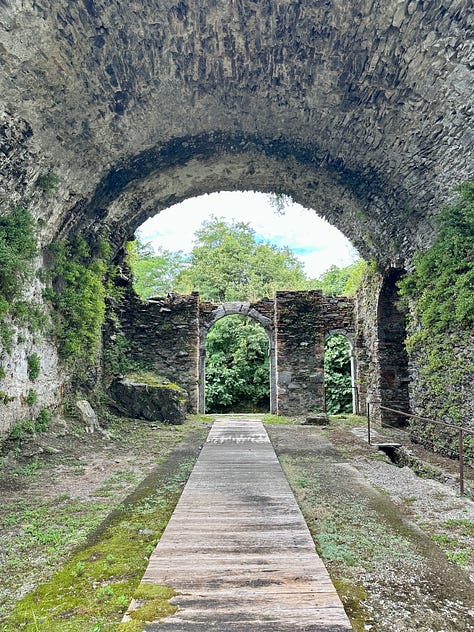
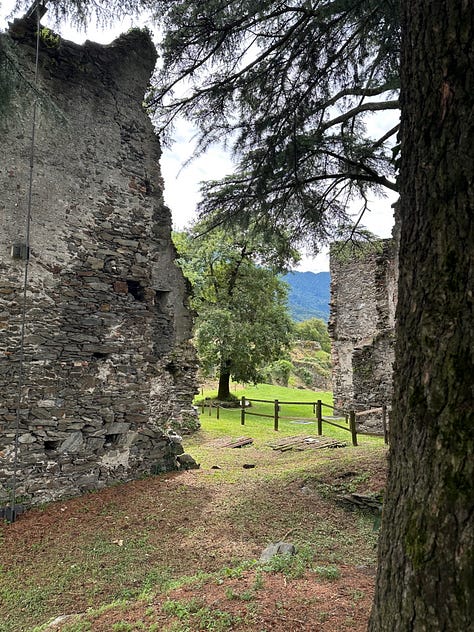
Another day, we hiked nearly 1,000 feet (300+ meters) up nearby Monte Legnone to La Torre Ed Il Borgo di Fontanedo, a medieval tower and village last occupied in the 1800s. The origins of this fortified complex date back to the 13th or 14th century.
As we were leaving the Fontanedo village, we passed a small sign that noted a man named Carlo Bazzi was killed there on October 5, 1944. Carlo was an Italian Resistance member during World War II, fighting against his fascist fellow countrymen, as well as Nazi Germany’s occupation. He was just 19.
These kinds of timespans and experiences always serve up a heaping helping of perspective.3
If Not Now…
A woman I know wrote last week in her Substack publication The Underbelly:
"I am both extremely powerful and completely inconsequential."
I immediately jotted that down, because it captured how I feel in this season. As I’ve grappled with my place in the world, I’ve had to remember once again that the only moment we have is now. None of us knows how this is all going to turn out, or if we’ll even still be here to see how it turns out.4 We only have today, so we have to make the most of it.
Looking at it from that perspective, has there ever been a better time…
To watch a rainstorm move in?
To go to an art museum?
To be a good neighbor?
To call our elected officials?
To sit and stare up at the clouds?
To read a banned book?
To laugh until our belly hurts?
To march for justice?
To lose ourselves in the immensity of the ocean?
To give generously?
To remember where we came from?
To think about the fact that one day, one way, all of this is going to end for each of us?
Because if not now, then when?
All photographs in this piece © 2025 Michael TenBrink. The five primary photographs were taken on Fire Island off the coast of New York, with my husband serving as my unwitting model.
Nadia Bolz-Weber wrote in “If You Can’t Take in Any More, There’s a Reason”:
“I just do not think our psyches were developed to hold, feel and respond to everything coming at them right now; every tragedy, injustice, sorrow and natural disaster happening to every human across the entire planet, in real time every minute of every day.”
I’m working on a piece focused on the Auschwitz tour, which is why it’s getting but a brief mention here.
Jen Hatmaker published a forceful piece earlier this summer called “Not Normal, Not Numb.” I’ll include a short, edited excerpt from it below, but I encourage you to read the whole thing.
“None of us wanted to be the American generation reckoning with an autocratic takeover, but here we are. We aren’t the first and we won’t be the last, but this is on our watch nonetheless… These are the days the history books will examine. What did the American people do? How did they respond? How did they resist? This is our mandate.
We resist any which way we can. Consistent public opposition matters. This is not normal, and we cannot go numb. [S]tay in the fight… Do your part, however small it is. You alone might not make a big dent, but all of us together create the resistance required to save our democracy. This administration is counting on our paralysis, so lace up your shoes, America. Let’s go.”
Jonathan V. Last, one of my go-to political writers, recently wrote a few simple lines in his excellent newsletter, The Triad, that resonated with me:
“I don’t know how to stop creeping fascism. No one does…
The best we can do is:
Be clear-eyed about reality.
Analyze the problems and understand them as fully as possible.
When we see opportunities to push back against fascism, take them.
Refuse to be quiet.
Hope that the accumulated weight of millions of people making good trouble eventually causes the authoritarian attempt to tip over.
I understand that this is not a satisfying answer.”


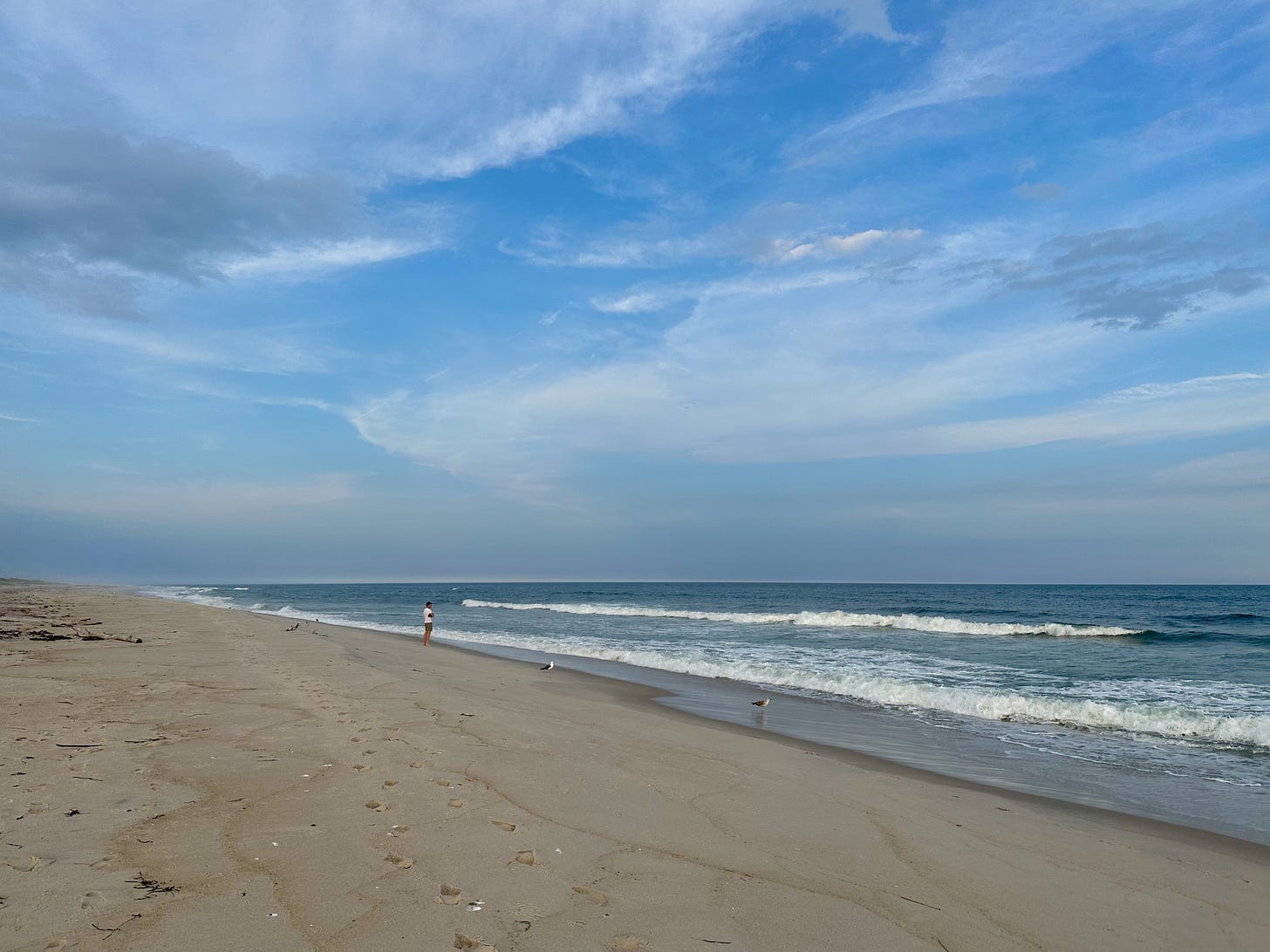
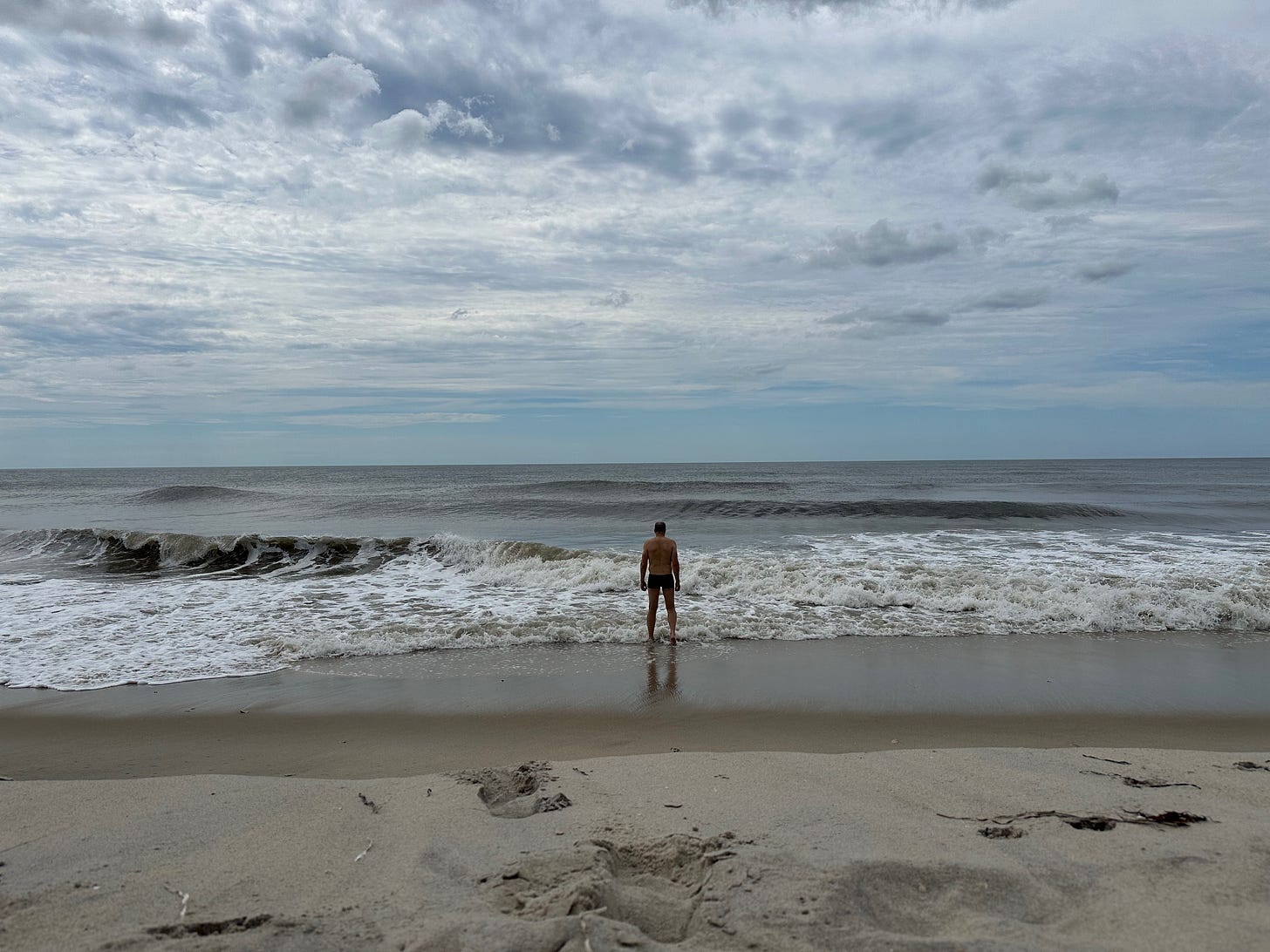
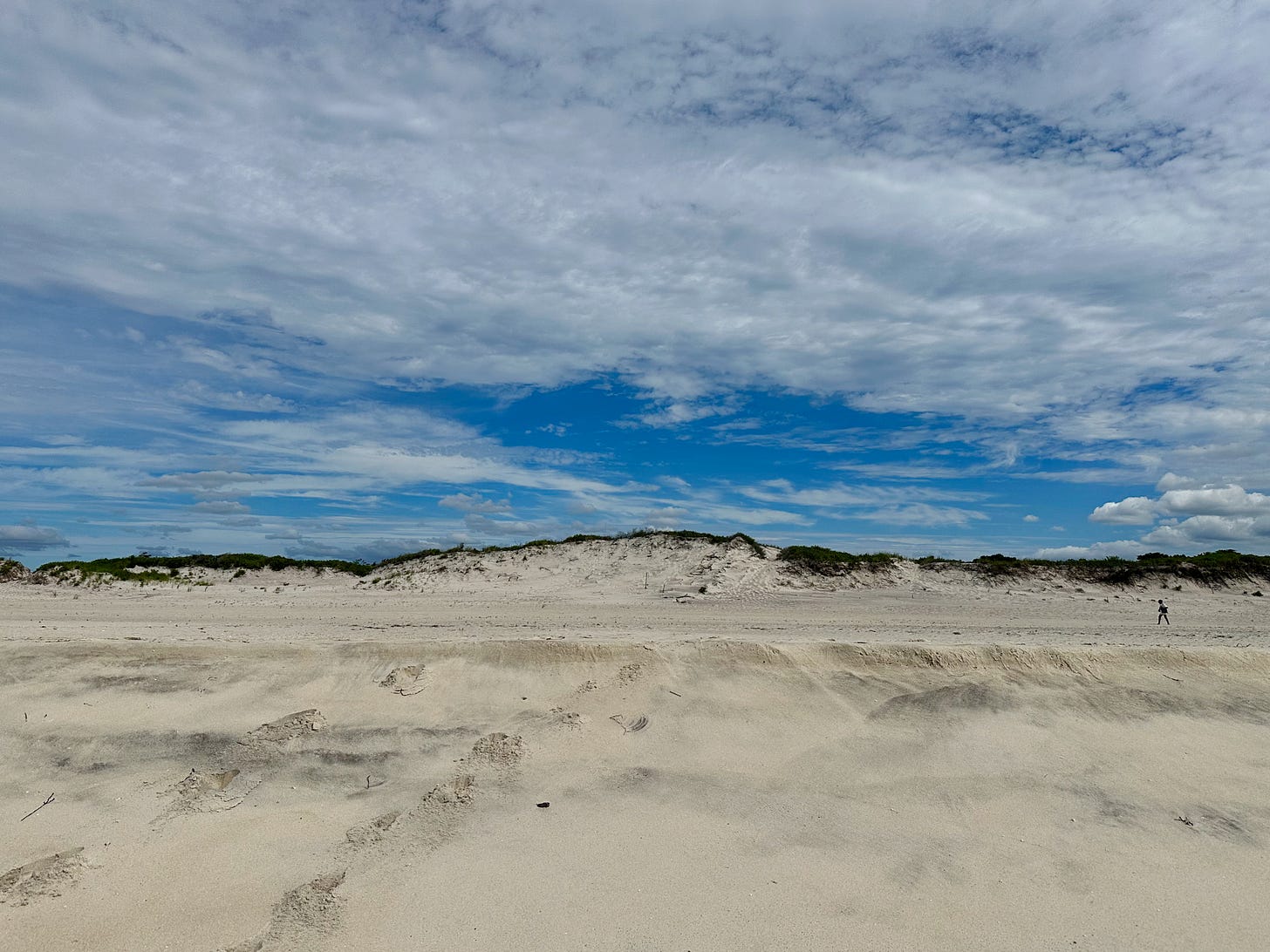
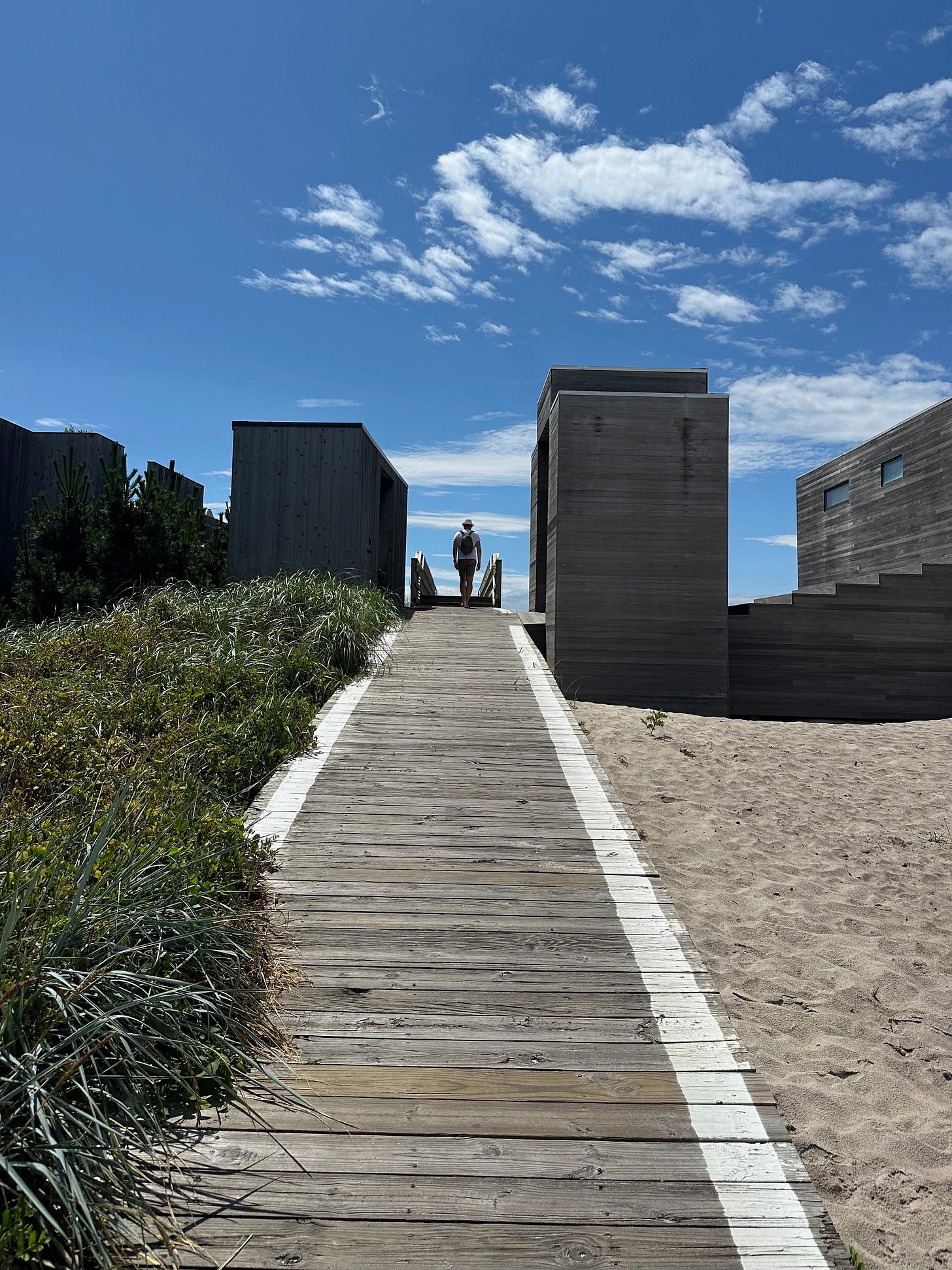
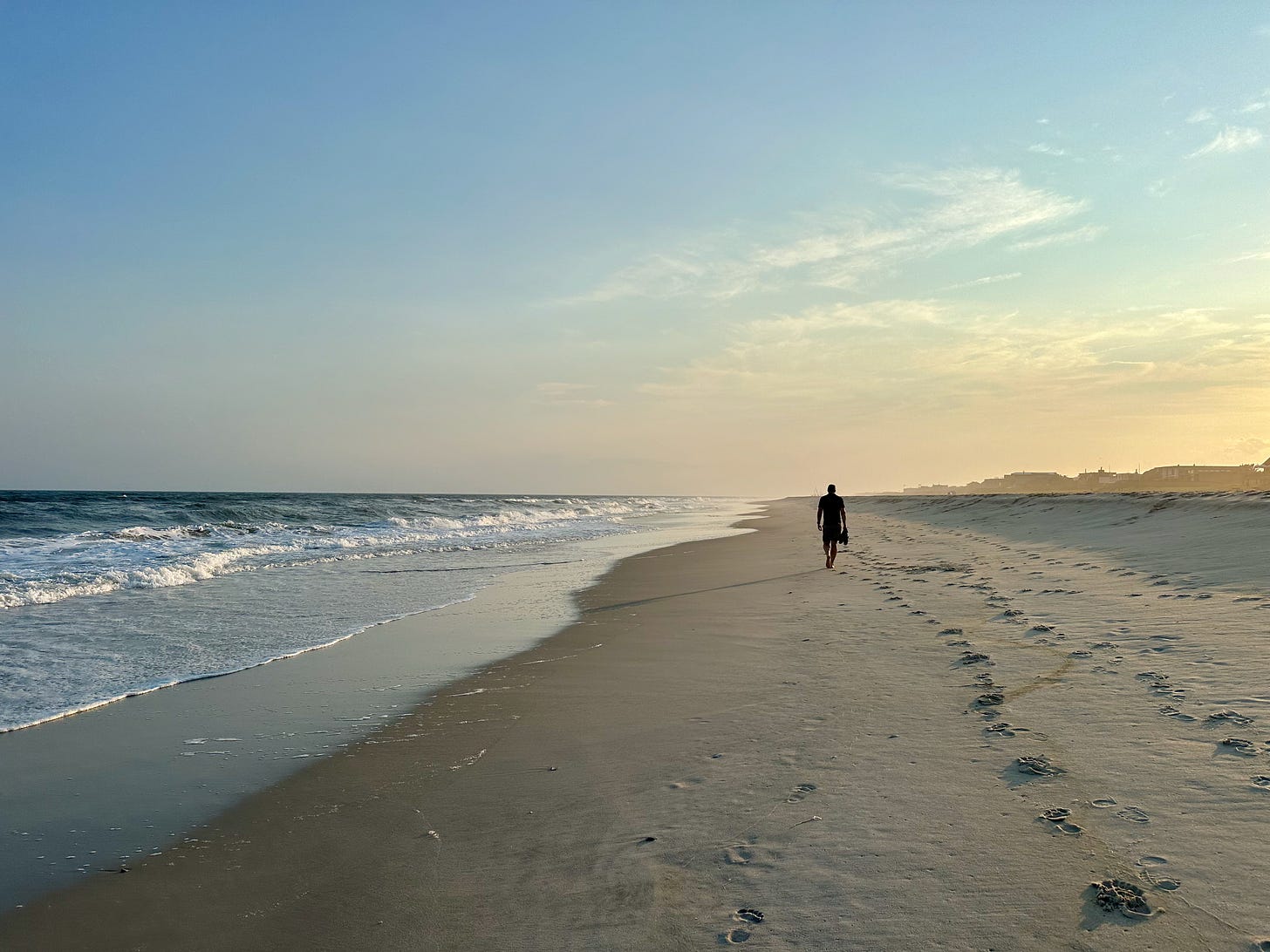
Great message....keeping all things in balance
Your writing is so beautiful and interesting, Michael. Writing + photography is really lovely.
What an interesting summer you've had!